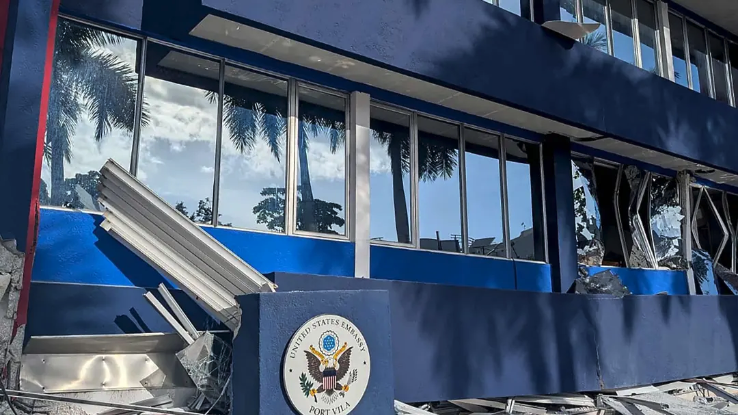Thousands Buried in Papua New Guinea Landslide
Over 2K people are feared buried following a landslide in a Papua New Guinea village on Friday, the country's national disaster center informed the UN Monday....
Facts
- Over 2K people are feared buried following a landslide in a Papua New Guinea village on Friday, the country's national disaster center informed the UN Monday.1
- Rescuers said Friday's landslide unleashed two-story-high debris on sleeping villagers in Enga province in the northern part of the Asia-Pacific nation.2
- The debris hindered rescue efforts for those affected, with Prime Minister James Marape saying it may be the country’s biggest landslide.3
- UN officials said the region, which is not densely populated, faces immense disruption, making relief operations difficult. The only usable rescue vehicles are helicopters.4
- Humanitarian organization Care Australia said the sole highway into Enga was buried under eight meters (26 ft) of debris, affecting over 200 sq km (77 sq mi) of land.5
Sources: 1New York Times (a), 2reuters.com, 3New York Times (b), 4Al Jazeera and 5BBC News.
Narratives
- Pro-establishment narrative, as provided by The Asahi Shimbun. This crisis can only be solved with immense international support. As Papua New Guinea is a diverse, developing nation of mostly subsistence farmers, limited road connectivity and a disrupted power supply will make relief operations difficult. While the US and Australia are already involved in the response, a lot more may need to be done.
- Establishment-critical narrative, as provided by Eurasia Review. Since its independence in 1975, Papua New Guinea has relied heavily on industries like palm oil and logging but has also been struggling with corruption and environmental degradation. Due to World Bank intervention, land reforms have led to deforestation and socio-economic disparities to enrich corporations hungry for access to its resources.







